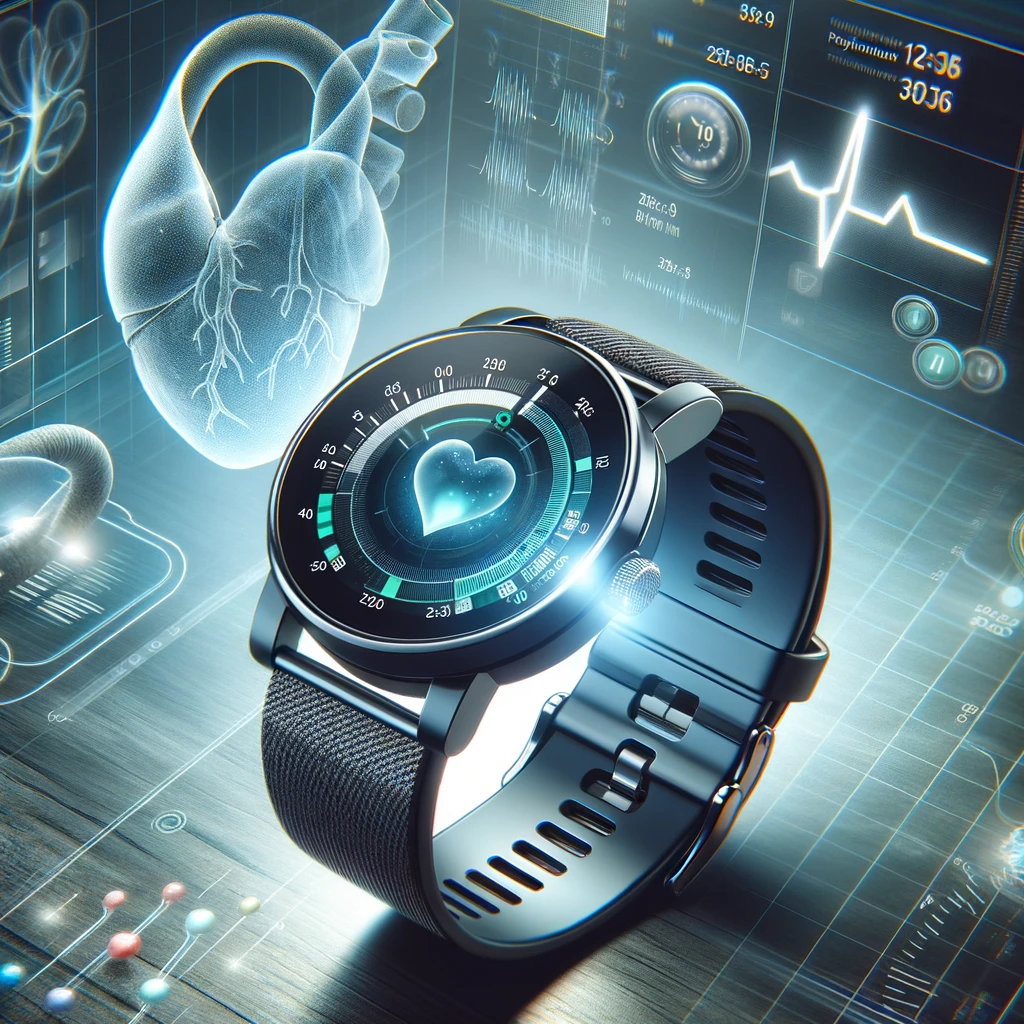Introduction
The landscape of health monitoring is undergoing a revolutionary change with the advent of wearable technology. Particularly, advancements in devices that monitor blood pressure and heart rate are redefining how we approach personal health management. This post explores the latest developments in wearable tech, focusing on how they are transforming blood pressure and heart rate monitoring.
The Evolution of Wearable Technology
Wearable tech has come a long way from basic step counters. Today’s devices are equipped with advanced sensors and algorithms capable of providing accurate readings of heart rate and blood pressure. This shift is not just technological but also conceptual, as wearables move from fitness tracking to comprehensive health monitoring tools.
Innovations in Heart Rate Monitoring
- Optical Heart Rate Sensors: Modern wearables use optical sensors to measure heart rate. These sensors detect blood volume changes in the wrist and use algorithms to calculate heart rate in real-time.
- ECG Functionality: Some advanced models now include electrocardiogram (ECG) capabilities, allowing users to detect heart rhythm irregularities such as atrial fibrillation, a significant step in preventive healthcare.
Advancements in Blood Pressure Monitoring
- Cuffless Blood Pressure Technology: A groundbreaking development is the introduction of cuffless blood pressure monitoring in wearables. These devices use sensors and algorithms to estimate blood pressure based on the signal obtained from the arterial wall.
- Calibration-Free Models: Newer models are working towards eliminating the need for calibration against traditional cuff-based methods, aiming for a more user-friendly experience.
Impact on Health Management
The real-time data provided by these wearable devices is invaluable. For individuals with conditions like hypertension or cardiac arrhythmias, continuous monitoring can lead to early detection and prompt intervention. Moreover, the ability to track trends over time gives both users and healthcare providers deeper insights into the individual’s health status.
The Role of AI and Machine Learning
Artificial intelligence and machine learning play a pivotal role in enhancing the accuracy of wearables. By analyzing vast amounts of data, these technologies enable devices to provide personalized health insights and more precise readings.
Challenges and Future Directions
Despite significant advancements, there are challenges. Ensuring accuracy and reliability, especially in blood pressure monitoring, is a primary focus. Future developments are expected to refine these technologies further, making them more accessible and reliable for broader populations.
Conclusion
The advancements in wearable technology for monitoring blood pressure and heart rate are just the beginning of a health monitoring revolution. As these devices become more sophisticated, they hold the promise of a future where managing and understanding personal health is more accessible and accurate than ever before.
Call to Action
Have you used any of these advanced wearable technologies for health monitoring? Share your experiences in the comments below, and let’s discuss how these devices are shaping our approach to personal health management.



Leave a Reply